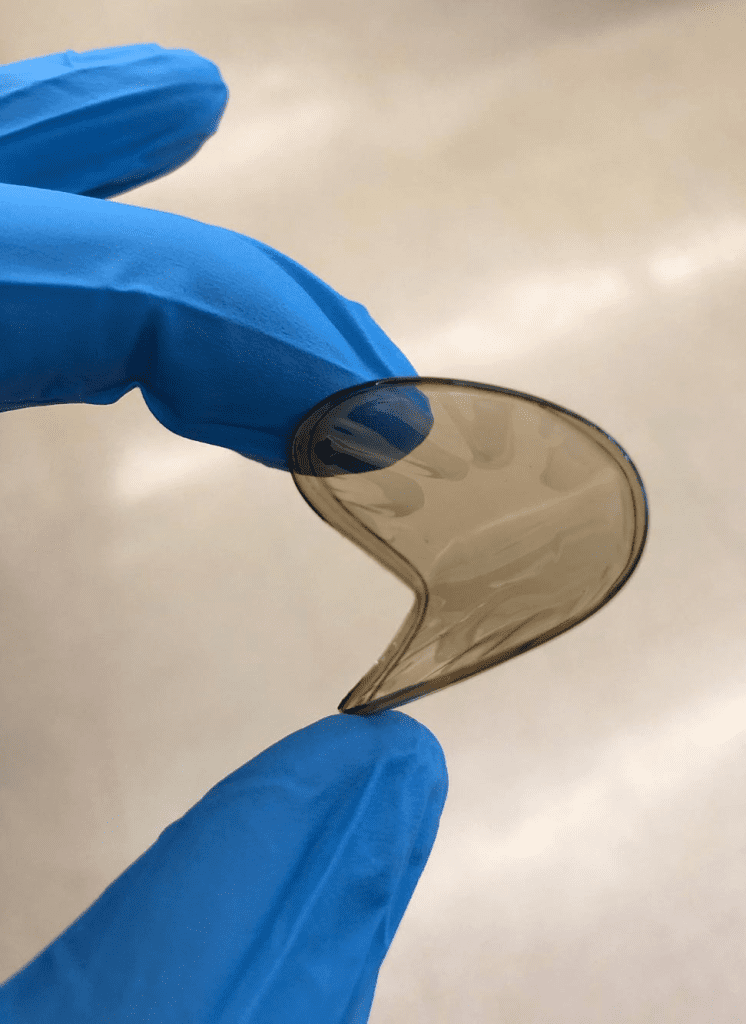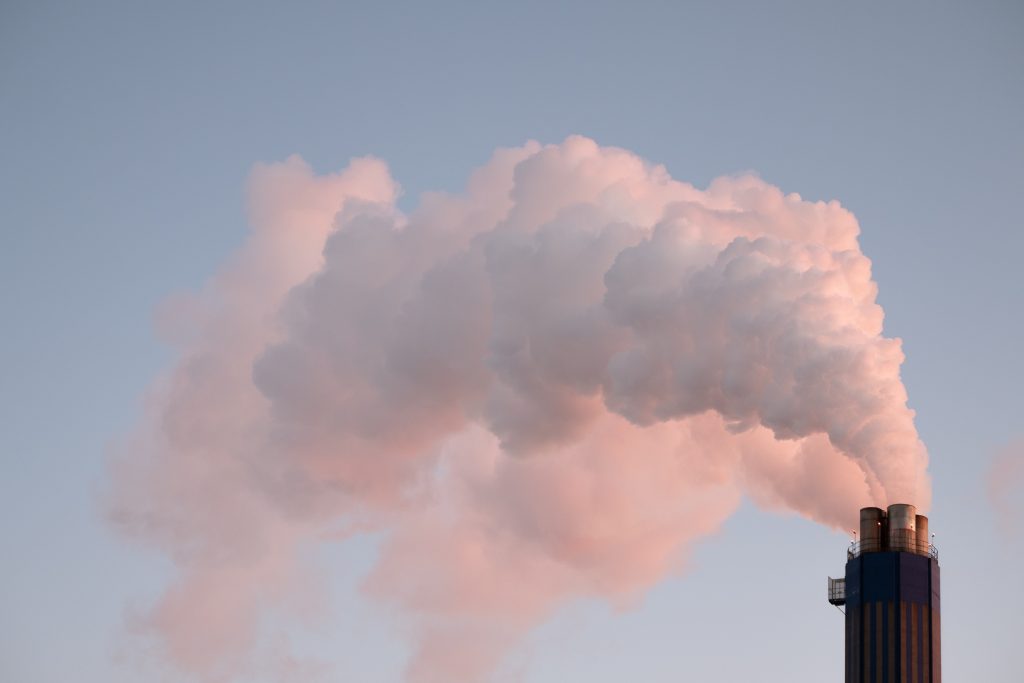Researchers Develop A Membrane That Separates Gases With Greater Efficiency
Greenhouse gases such as carbon dioxide, methane and nitrous oxide are by-products of industrial processes such as purification of natural gases and production of nitrogen for industrial or medical purposes.
Purification of gases can however be made remarkably more effective using a new membrane material which can potentially help in reducing carbon emissions. This new separation membrane, developed by MIT and Stanford university researchers, work by using about one-tenth of the energy and emissions compared to previous processes.

Chemical separation using membranes has been shown to be superior to processes such as absorption and distillation. However, older membranes have a trade-off between permeability (how well gases go through the material) and selectivity (the ability of the membrane materials to block miscellaneous molecules while allowing the desired molecules to pass through).
Newer membrane materials made from hydrocarbon ladder polymers have been able to surmount this trade-off via the possession of high permeability and good selectivity, and this is evident in the separation of carbon IV oxide from methane. It has been shown that these newer membranes are five times more selective and a hundred times more permeable than current cellulosic membranes for the same purpose.

These findings were conveyed in a report on March 24, 2022 by Yan Xia, Zachary Smith, and Ingo Pinnau — associate professor of chemistry at Stanford, an assistant professor of chemical engineering at MIT and a professor at KAUST respectively.
Production of fuel through effective hydrogen separation and purification of biogas fuel are other potential benefits of these new materials.
